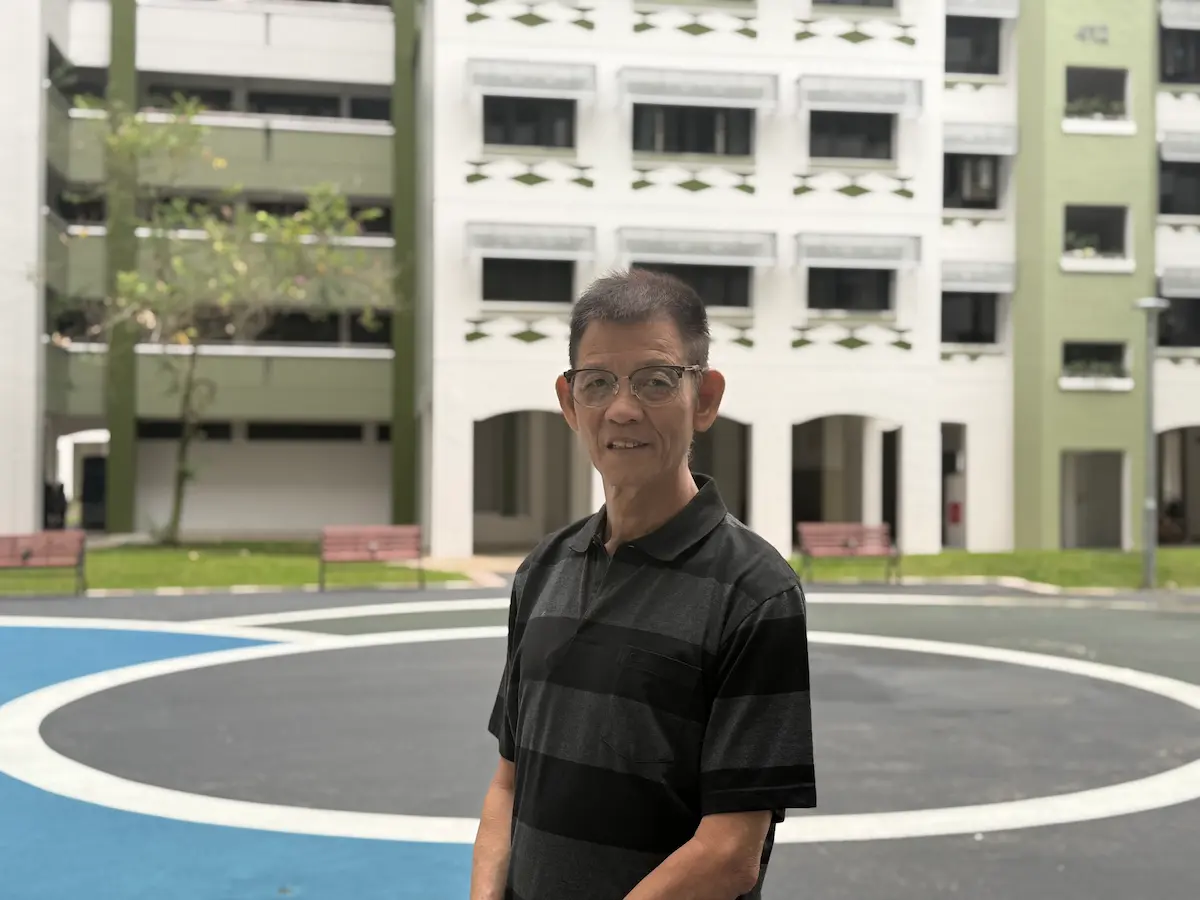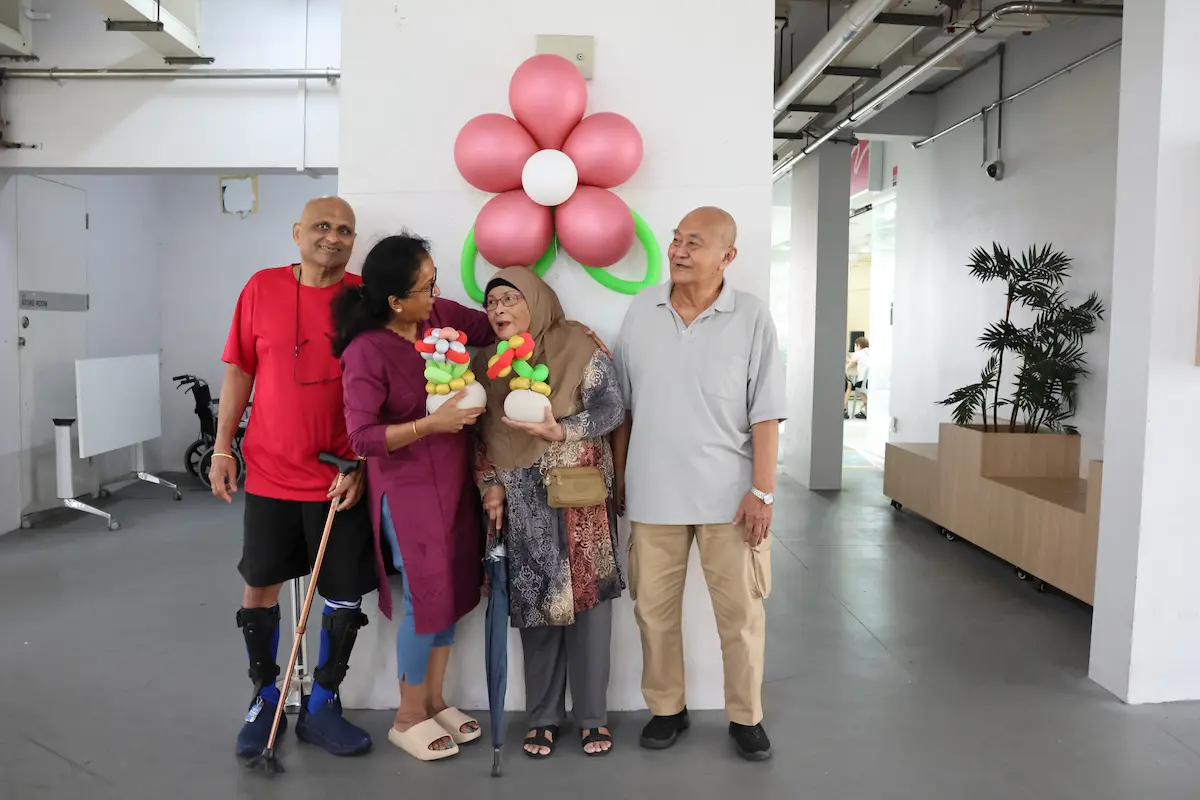Back to Tips & Articles
Loving is a Learning Journey
Tips & Articles
Marriage Support
26 Jan 2023
All of us have an innate desire to love and feel loved. Yet, loving is not automatic, or a given. Loving is a learning journey. We grow through relationships and our interactions with others. Find out how we can start to learn to love our partner better and forge stronger relationships.

All of us have an innate desire to love and feel loved. Abraham Maslow and John Bowlby suggest that the need for love could probably be one of human beings’ most basic and fundamental needs.
Yet, loving is not automatic, or a given. A child with adverse childhood experiences or insecure or unhealthy attachments may not grow up feeling secure, valued, accepted, or loved. Some examples of adverse childhood experiences include growing up in a family or community with high levels of stress, violence, abuse, neglect and harsh punishment or lack of resources and nurturing.
British psychologist John Bowlby’s Attachment Theory teaches us that how parents or caregivers respond to an infant’s needs for connection, freedom, and safety shapes how we love and are loved, impacting the future relationships we form with others.
Love may be a feeling, but loving is a learned behaviour which we can make a conscious effort at improving to build more intimate and fulfilling relationships. We may not have learnt to receive nor give love in our childhood, but it is never too late to learn.
So, how can we start to learn to love our partner better?
1. Understand our partner’s love language
How does your spouse receive love? Discover your spouse's and your primary love language by taking the Love Language Quiz together! These are five types of love languages and their examples:
a. Acts of Service: Doing household chores or driving our spouse to work
b. Giving gifts: Purchasing meaningful gifts
c. Physical touch: Showering them with hugs and kisses
d. Quality time: Spending uninterrupted time together
e. Words of affirmation: Praising or complimenting them
2. Communicate and spend time together
Dedicate some time alone with our spouse to talk and be honest with your feelings. The hustle and bustle of life tends to put our marriage in the backseat. Thus, try carving out pockets of time for date nights or to try something new together.
3. Solve problems together
Having disagreements is unavoidable. Instead, try talking things out and addressing the problem together. Share our honest thoughts and listen actively. Do not be dismissive or avoidant of the problems that you face in the marriage as overtime, these problems might snowball and lead to irreconcilable differences.
Ultimately, loving is a learning journey. We grow through relationships and our interactions with others. Let’s learn to love our partner and forge stronger relationships.
In the month of February when we celebrate Valentine’s Day, let’s tell ourselves and others that “Loving is a Learning Journey”, “爱是可以学习的”.
Sign up for the free webinars by TOUCH Marriage Support to learn how you can learn to love!
Loving is a Learning Journey – 1 March 2023 8-9pm (English)
爱是可以学习的 – 15 March 2023 8-9pm (Mandarin)
TOUCH Marriage Support aims to enrich marriages to build a strong foundation for families. Through a range of holistic programmes led by experienced marriage educators and counsellors, TOUCH Marriage Support prepares young couples for marriage, strengthens spousal relationships, guides couples through conflict resolution, and empowers couples to navigate and cope with the stressors and challenges which they may face in their marriage.
Additional reading:
1. John Bowlby’s Theory of Attachment Short Summary Essay Example | GraduateWay
Yet, loving is not automatic, or a given. A child with adverse childhood experiences or insecure or unhealthy attachments may not grow up feeling secure, valued, accepted, or loved. Some examples of adverse childhood experiences include growing up in a family or community with high levels of stress, violence, abuse, neglect and harsh punishment or lack of resources and nurturing.
British psychologist John Bowlby’s Attachment Theory teaches us that how parents or caregivers respond to an infant’s needs for connection, freedom, and safety shapes how we love and are loved, impacting the future relationships we form with others.
Love may be a feeling, but loving is a learned behaviour which we can make a conscious effort at improving to build more intimate and fulfilling relationships. We may not have learnt to receive nor give love in our childhood, but it is never too late to learn.
So, how can we start to learn to love our partner better?
1. Understand our partner’s love language
How does your spouse receive love? Discover your spouse's and your primary love language by taking the Love Language Quiz together! These are five types of love languages and their examples:
a. Acts of Service: Doing household chores or driving our spouse to work
b. Giving gifts: Purchasing meaningful gifts
c. Physical touch: Showering them with hugs and kisses
d. Quality time: Spending uninterrupted time together
e. Words of affirmation: Praising or complimenting them
2. Communicate and spend time together
Dedicate some time alone with our spouse to talk and be honest with your feelings. The hustle and bustle of life tends to put our marriage in the backseat. Thus, try carving out pockets of time for date nights or to try something new together.
3. Solve problems together
Having disagreements is unavoidable. Instead, try talking things out and addressing the problem together. Share our honest thoughts and listen actively. Do not be dismissive or avoidant of the problems that you face in the marriage as overtime, these problems might snowball and lead to irreconcilable differences.
Ultimately, loving is a learning journey. We grow through relationships and our interactions with others. Let’s learn to love our partner and forge stronger relationships.
In the month of February when we celebrate Valentine’s Day, let’s tell ourselves and others that “Loving is a Learning Journey”, “爱是可以学习的”.
Sign up for the free webinars by TOUCH Marriage Support to learn how you can learn to love!
Loving is a Learning Journey – 1 March 2023 8-9pm (English)
爱是可以学习的 – 15 March 2023 8-9pm (Mandarin)
TOUCH Marriage Support aims to enrich marriages to build a strong foundation for families. Through a range of holistic programmes led by experienced marriage educators and counsellors, TOUCH Marriage Support prepares young couples for marriage, strengthens spousal relationships, guides couples through conflict resolution, and empowers couples to navigate and cope with the stressors and challenges which they may face in their marriage.
Additional reading:
1. John Bowlby’s Theory of Attachment Short Summary Essay Example | GraduateWay


